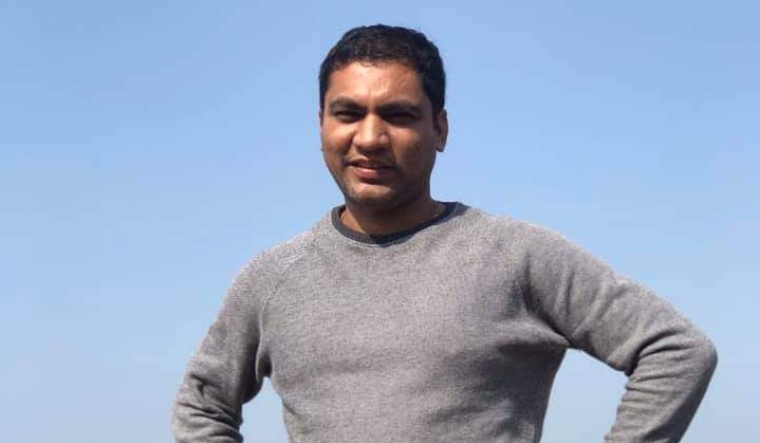Mumbai: In Maharashtra’s Nandurbar district, the pandemic is as severe as in the rest of India. However, the difference has been in the response to the crisis.
The nation’s healthcare is overburdened with the massive surge of cases and the shortage of medical amenities, Nandurbar district, with a population of 16 lakh, is exhibiting an opposite state of affairs— with 150 vacant beds and two oxygen plants that have a combined capacity to produce 2,400 litres per minute.
Owing to its adequate resources and firm health infrastructure, people from neighbouring districts and states (including Madhya Pradesh and Gujarat) have found respite in district Nandurbar and are admitting themselves there.
With the increased overload, the district has been faring well by not only controlling the positivity rates but also slashing them to 30%. The daily
This accomplishment is largely attributed to Nandurbar’s district collector Dr. Rajendra Bharud and his team, encompassing administration staff, doctors, and volunteers.
The tribal district didn’t have a single liquid oxygen plant or tank before the COVID-19 breached India last year.
In September 2020, Nandurbar collector Dr. Bharud established an oxygen plant at the district hospital at an expenditure of 85 Lakhs.
In January and February this year, he set up two more oxygen plants.
The first wave of the pandemic in Nandurbar saw 190 patients, which encouraged Mr Bharud to make the district self-reliant with regards to oxygen requirements.
The 2013 batch IAS officer had realised that the tribal-dominated district lacked such a facility and dependence on other places for the supply would be a bane in case the Covid-19 count rose, as is evident now.
The district administration installed two more plants, one at the civil hospital and another in Shahada town of the district — costing Rs 85 lakh each — this year in February and March, respectively.
“As cases were going down in India, I saw America and Brazil face a massive surge,” said Dr. Bharud.
“I wanted to be prepared in case we witnessed something similar. So in September 2020, we installed the first oxygen plant in the district, which could produce 600 litres of oxygen per minute, even though our highest single-day spike was only 190 cases,” Dr. Bharud added.
“In March, we installed another plant. As single-day cases touched 1,200 in April, we started preparing to install the third one. Soon, we will have plants with a combined capacity of 3,000 litres per minute,” said the collector who also holds an MBBS degree.

